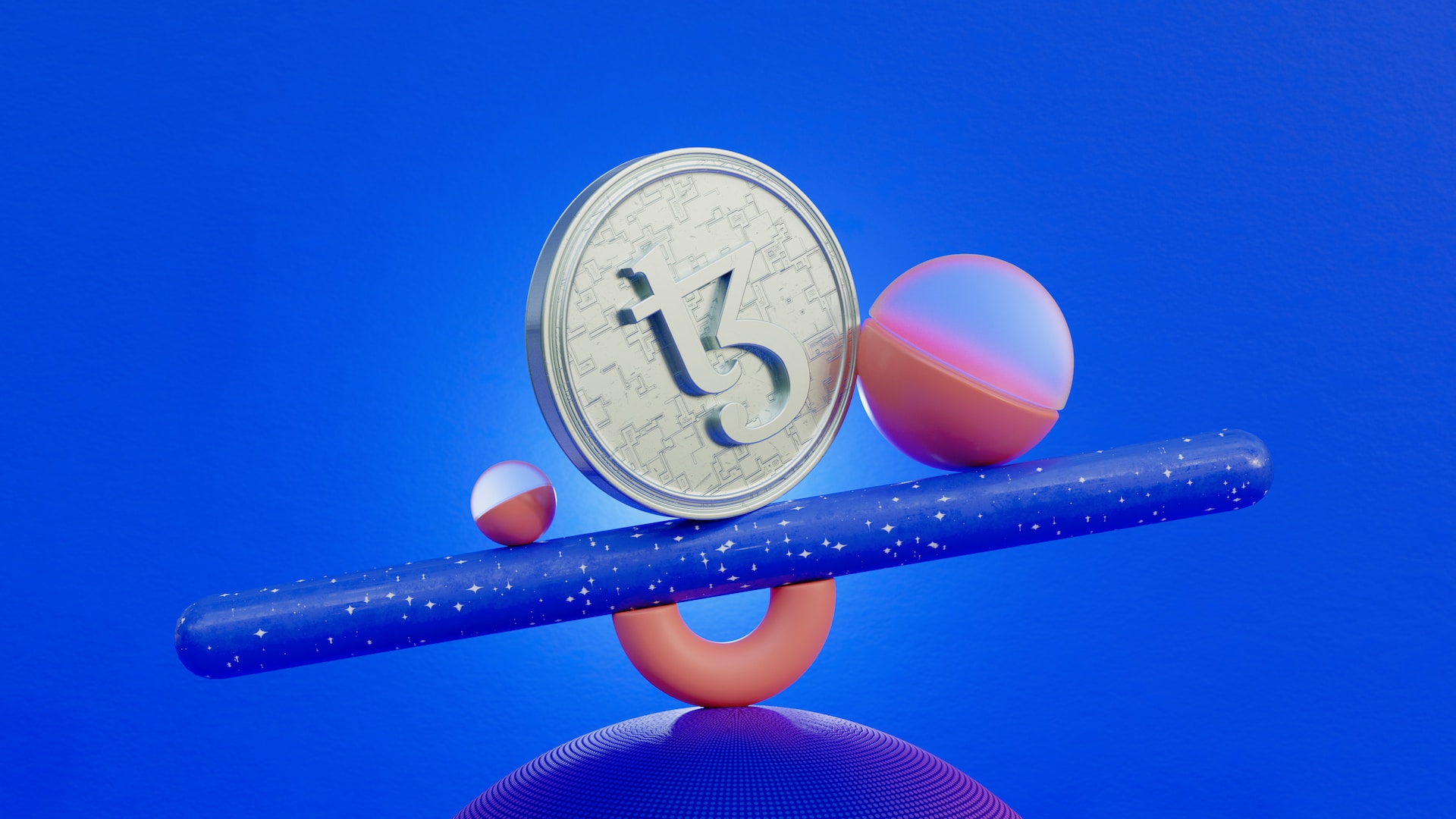In this post, we will discuss What is WEth, and how WETH works. We also discuss the advantages and disadvantages that come with them. As WETH name suggests it is essentially “wrapped” so that it can work on other than Ethereum blockchains. So 1 Wrapped Ethereum is equal to 1 ETH.
Firstly, we need to understand what ETH is and how it differs from the other tokens that are instantiated on the Ethereum blockchain. So ETH has been around since the very beginning of the Ethereum blockchain. You use it for example to pay gas fees when you deploy smart contracts or to pay gas fees when you interact with smart contracts and submit transactions.
Now because it was the first native currency of the blockchain, it was around before the ERC-20 token standard.
The ERC-20 token standard specifies how you can design and deploy contracts that instantiate your own kind of cryptocurrency.
Great, but why would we need Wrapped ETH when we have the original of the same value? So you know how the games on your phone naturally wouldn’t work on your PC. But they could work with the help of special software? Tokens are almost the same.
Now because ETH is different and if you write a contract that deals with accepting tokens, redeeming tokens, and stuff like that. It’ll work with any ERC-20 token, but it won’t work with ETH. But you also want to . You have to write all the functionality twice: once for ERC20 tokens, and once for ETH. So to avoid having to duplicate the code, people came up with the idea of “wrapped ether”.
What is WETH?
WETH is a Wrapped Ethereum that is an ERC-20 standard token to deal with ERC-20 standard-based applications like decentralized and DeFi applications. WETH tokens are used to pre-authorized bid on NFT auctions on opensea for a later dater date and there is no extra action required from the bidder. One WETH exactly equals one ETH.
Where WETH tokens are used?
Wrapped Ethereum, we know what you may be thinking, why do we need to wrap ETH on its own blockchain? Well, Ethereum blockchain has a some rules for tokens so they can be used for any Ethereum base application or service. So the tokens must meet a certain standard called the ERC-20 standard and ETH does not conform to its own standard, weird.
You can get WETH, through simply exchanging your ETH to get return WETH on a smart contract. So with WETH you have tokens that can be used in DAPPs and DeFi. To buy bid on auction early you will need WETH you can not bid with ETH. So you can pay the gas fee with Eth but you can not pay the gas fee with WETH.
Ethereum offers many more services which include running decentralized applications in the decentralized finance or DeFi ecosystem. Basically, DeFi refers to financial services that are offered on public blockchains which can range from lending your crypto to earn interest, to getting instant crypto loans without filling out paperwork.
So these services only accept ERC-20 tokens and we can not use Eth directly. Holders were missing out on these services but now with Wrapped Ethereum, users can easily tap into the DeFi ecosystem and its applications.
How to Exchange ETH for WETH on OpenSea to bid on NFT?
How does Ethereum turn into Wrapped Ethereum (WETH)?
For a token like Ethereum to be wrapped, there are three major players: You, the investor, your token to be wrapped, and the wrap service. A wrapping service is a smart contract that acts as the bridge between you, your ETH token, and the wrapped ETH.
Additionally, the custodian guarantees that the value of the original Eth token is the same as its wrapped ETH version.
So once you send your Eth tokens to be wrapped, the custodian will mint an equivalent amount in wrapped Eth tokens. Since new tokens WETHs are created in the process, your original tokens have to be locked in a special kind of digital vault.
So no, your money doesn’t double. That said, You can also get your unwrapperd ETH back, that you have exhanged for wrapper Eth, through the same service. Basically, the wrapped Eth token is destroyed and the Eth tokens that were previously locked are released.
Advantages of WETH:
- The first and one of the most important advantages of wrapped tokens is interoperability. Unlike in the past, now you can use your WETH token on the DAPPS. And as we mentioned, this gives you access to different services offered by dApps on Ethereum.
- Increased transaction speeds are offered by their new blockchain.
- As for transaction fees, WETH networks offer lower transaction fees means you get to enjoy cheaper transactions.
- Next, we have increased liquidity, one of the most important aspects of every market and asset.
Disadvantages of WETH:
There are also some disadvantages of using wrapped tokens like:
- While wrapped tokens are looking to always improve, they still rely on a wrapping service to be wrapped or unwrapped.
- This goes against the whole idea of cryptocurrencies by bringing about centralization.
That said, the advantages outweigh the disadvantages and in the future, these disadvantages may be removed.
Final thoughts:
Overall, it’s cool that there is a way to increase the utility of Ethereum through interoperability. This is great not only for the cryptocurrencies themselves but also for the whole ecosystem in general as it brings networks and blockchains closer to each other.
Wrapped Eth functions like any other ERC20 token. So it’s basically a coding trick in order to reduce the amount of coding and hence testing you need to do for smart contracts when you’re trying to deal both with the ERC-20 tokens and with ETH itself.
So what do you think about WETH or you have suggestions of questions? We’d love to hear from you so let us know in the comments.
Related: What Is NFT Metadata & How Does it Work? Full Guide






